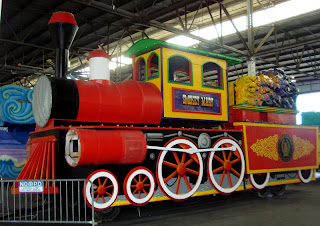“Gratitude is the inward feeling of kindness received. Thankfulness is the natural impulse to express that feeling. Thanksgiving is the following of that impulse.”
—Henry Van Dyke
I am grateful for so much this Thanksgiving—family, friends, good health, and my wonderful readers and followers. Thank you for sharing yourselves with me these past two years. I hope you have a marvelous Thanksgiving!






















